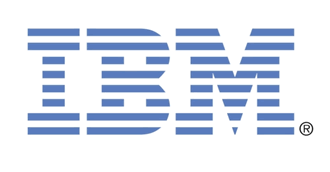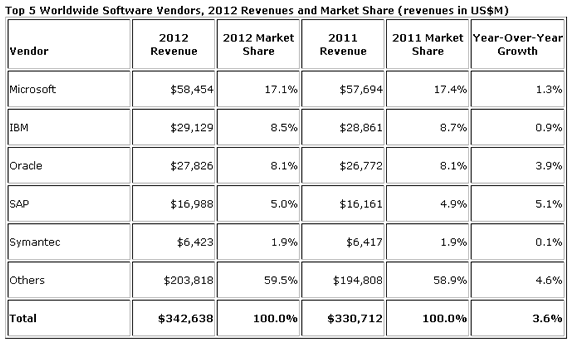 HP has expanded its big data products portfolio so that partners can tailor products so that clients can squeeze more out of their business information.
HP has expanded its big data products portfolio so that partners can tailor products so that clients can squeeze more out of their business information.
There is a lot of money in these sorts of products. According to HP research, nearly 60 percent of companies surveyed will spend at least 10 percent of their innovation budget on big data this year.
However the study also found that one in three organisations have failed with a big data initiative and are wary of getting their fingers burnt again.
HP thinks its new enhanced portfolio delivers big data out of the box so that it can enable enterprises to handle the growing volume, variety, velocity and vulnerability of data that can cause these initiatives to fail.
The new product range is based around HAVEn which is a big data analytics platform, which uses HP’s analytics software, hardware and services.
George Kadifa, executive vice president, Software said that big data enables organisations to take advantage of the totality of their information—both internal and external—in real time.
It produces extremely fast decision making, resulting in unique and innovative ways to serve customers and society.
HAVEn combines proven technologies from HP Autonomy, HP Vertica, HP ArcSight and HP Operations Management, as well as key industry initiatives such as Hadoop.
It avoids vendor lock-in with an open architecture that supports a broad range of analytics tools and protect investments with support for multiple virtualisation technologies.
HAVEn uses all information collected including structured, semistructured and unstructured data, via HP’s portfolio of more than 700 connectors into HAVEn.
It means that organisations can consume, manage and analyse massive streams of IT operational data from a variety of HP products, including HP ArcSight Logger and the HP Business Service Management portfolio, as well as third-party sources.
In addition to this HP announced its Vertica Community Edition. This is a free, downloadable software that delivers the same functionality of the HP Vertica Analytics Platform Enterprise Edition with no commitments or time limits. Clients can analyse up to a terabyte of data before spending more cash on an enterprisewide solution.
There is also the HP Autonomy Legacy Data Cleanup—information governance package. According to HP this helps clients analyse legacy data, lower costs and reduce risks while squeezing value from big data.
 A report from Gartner said that by 2017 public cloud offerings will account for over 25 percent of government business services, not counting defence and security.
A report from Gartner said that by 2017 public cloud offerings will account for over 25 percent of government business services, not counting defence and security.
















